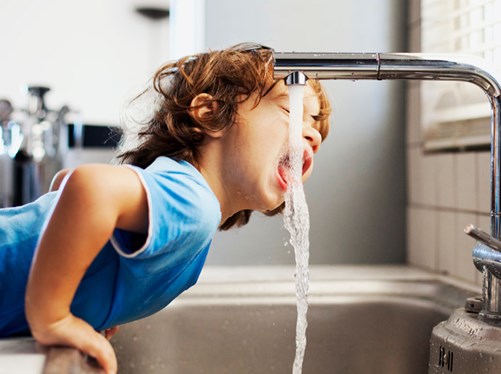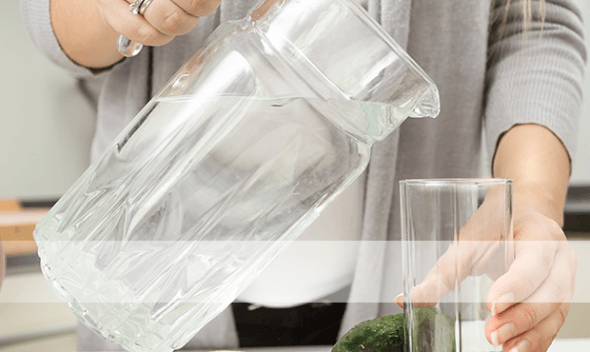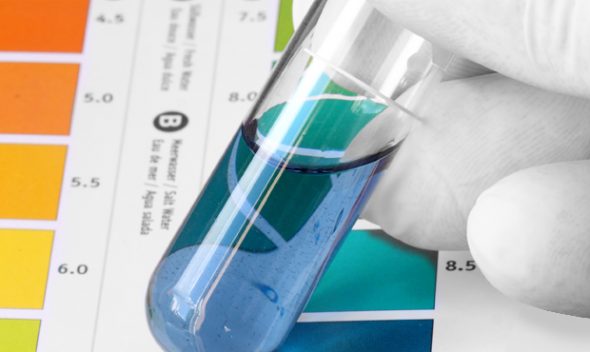Water filters are essential for the new age people. Any source of water is somewhat contaminated either because of pollution, dirt or accumulating micro-organisms. Depending on the level of contamination, personal or commercial requirement, pressure of water supply and the source of contamination, one should find the best water filter. But, it is beneficial to understand about the water filters technologies available for better selection.
Combination Filter Systems
Usually, water filter systems come in combination of filtration process. The working gets better as well as more energy consuming with increase in the combinations. The most common water filter system combination is Reverse Osmosis +Ultra Violet Disinfection System.
Other combinations are:
- RO+UV+UF – Reverse Osmosis + Ultra Violet + Ultra Filtration Cartridge
- UV+UF – Ultra Violet + Ultra Filtration
- RO + Mineral Cartridge
Related Post: 7 Benefits of Using Reverse Osmosis Water Filters
Miscellaneous Filters
Faucet Filters
One of the cheapest water filters are faucet water filters. They come in handy and require low energy to work efficiently. The bad taste and rotten egg odor is effectively removed to provide clean drinking water. The only con of these filters is that they tend to leak. The cartridge works fairly long up to 3 months and is cheap to replace.
100% Reverse Osmosis
It is a rare known fact that most companies do not provide complete Reverse Osmosis filtration. 100% Reverse Osmosis is usually tasteless and is almost like distilled water. This is not liked by users especially for drinking purpose. So, most of the companies provide from 95% to 98% pure Reverse Osmosis water which is pure as well as has taste. But, for many medical purposes or extensive pure water purposes, 100% Reverse Osmosis filter systems are also available.
High Recovery Rate
Usually, water filters waste almost 80% of inlet water and recover only 20% of pure water. So, a new concept of HRR filter systems is being introduced which can recover up to 80% of inlet water.










Leave a comment
You must be logged in to post a comment.